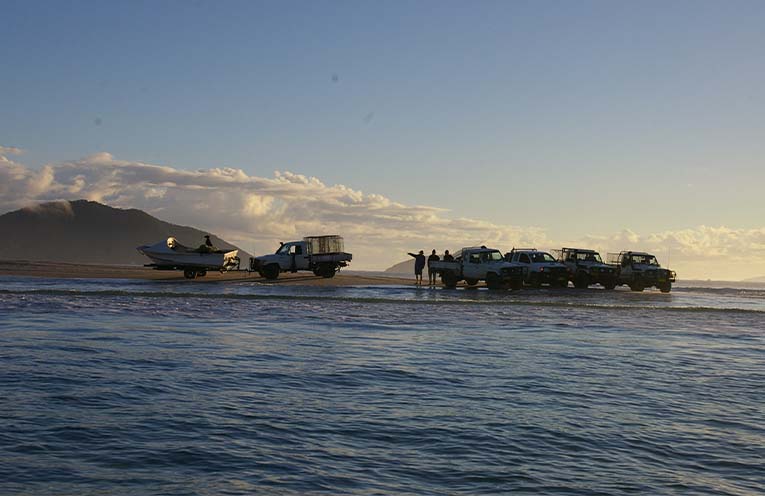
YEAR after year, for as long as records have been kept, and long before, huge schools of mullet have travelled north along our coastline.
Spawning in the ocean is part of their life cycle which begins when fertilised eggs develop and mature in all the bays, rivers and estuaries.
Around this time of the year, Easter and ANZAC Day, the three to five year old, fully developed, river mullet leave the enclosed waters, where they are called bully or hard gut mullet, to enter the open ocean where they become known as sea mullet.
The sea mullet that arrive off our Port Stephens beaches have left southern estuary systems including Lake Macquarie and the Hunter River. The fish that have matured in the Port Stephens system, move north to Port Macquarie and above. Those that develop in rivers around Port Macquarie swim further north towards the Clarence.
And so the cycle continues.
There is much misinformation which accompanies this event, as little is understood by the public. Around the world there are 72 species of mullet of which the sea mullet, which can grow over 60cm, is but one. Carrying some 5 million eggs the female is bigger than the male and frustratingly for the recreational fisher, mature fish do not feed whilst migrating. They can’t be caught.
All records and research, currently available, suggests that the annual hauling of mullet, along the east coast, by commercial fishermen is a sustainable practice.
Give it a go. Introduce fresh sea mullet to your kitchen. You will be pleasantly surprised.
Mullet are not the only fish excited at this time of the year. Where you see mullet gathering, bigger fish are not far away.
Sharks and mulloway follow the mullet schools, feasting on the stragglers.
If you have never caught a mulloway, now is the time to focus your attention on the fish that can grow to an impressive 50kg.
Stockton and Fingal Beaches are the most popular for chasing mulloway particularly as the tide rises into the darkness of night. If you are considering Fingal Bay, I would suggest that you park the car at the surf club and walk around to “Green Hill” which is about halfway between the surf club and the Fingal Spit.
Best baits are big sea worms or fresh fillets of mullet tossed just behind the shore break. Then it is a waiting game.
By John ‘Stinker’ CLARKE
